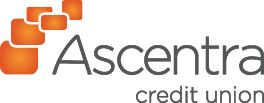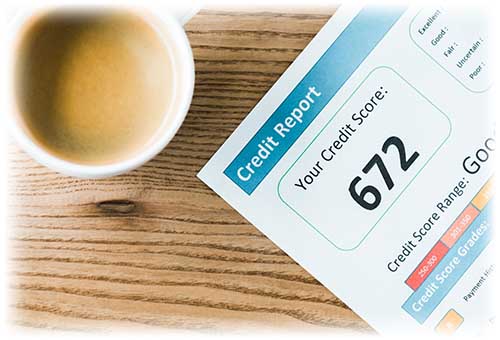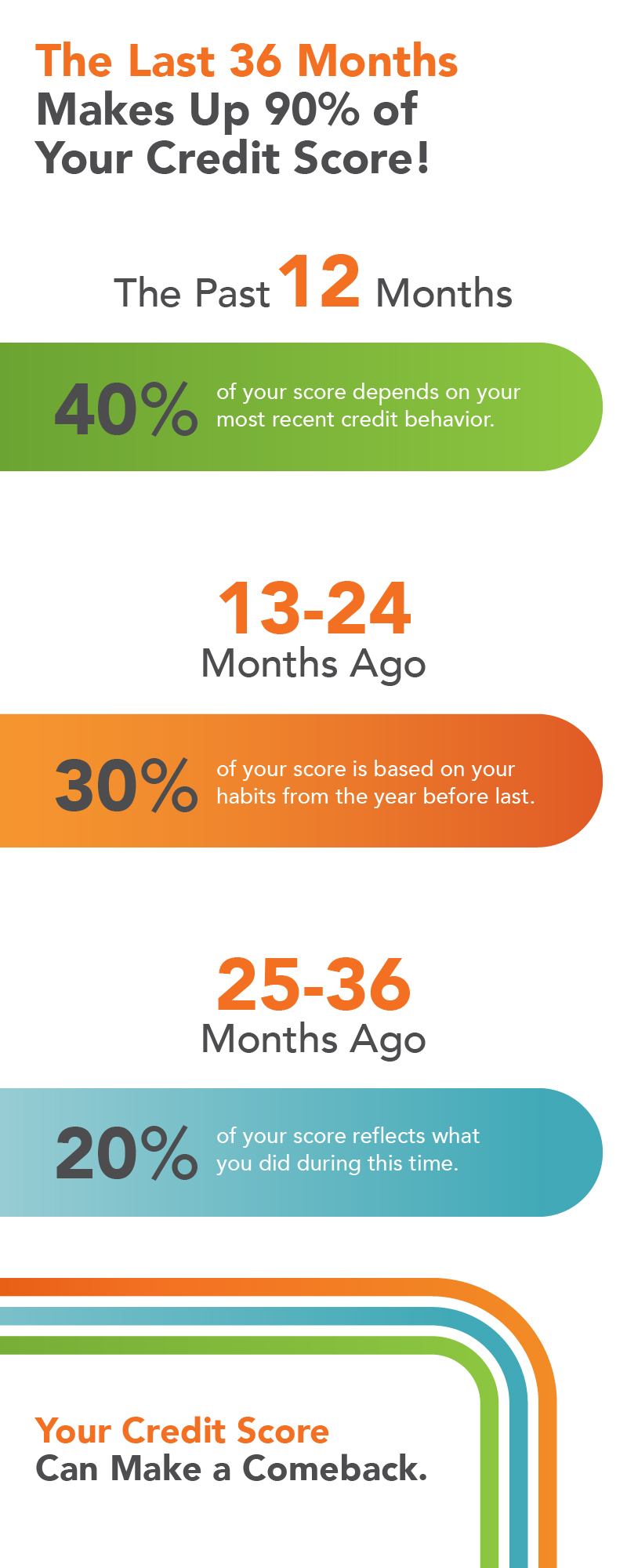Replacing Non-Renewable Scholarships

Many college students will face a financial reality within the next few months: Scholarships and grants that made the current year affordable will soon come to an end. Some awards are only intended to be applied to the first year of college; others carry renewal requirements, such as a minimum GPA or a specific major, that go unmet.
If fewer scholarship and grant funds are available to you or your student next year, start planning now to make up for the shortfall. Here are some ways you may replace non-renewable scholarships or funds provided by scholarships.
Find new scholarships. Although many scholarships are available to freshmen, you may be able to find scholarships for upperclassmen with a little effort.
If you have settled on a major, start with your academic department or college. Search the department website, visit the departmental office and talk to your academic adviser. Stop in the campus financial aid office and see what scholarships are offered to students who have your academic and extracurricular interests. Check with professional and pre-professional organizations about scholarship programs to help students in your intended career field.
Look for local and small scholarships like Ascentra’s Scholarship Program. A lot of students tend to compete for national and large scholarships. You may have better luck standing out among applicants for smaller and local awards.
Consider adding work hours. During the school year, you may be able to find positions on or near campus that allow you to prepare for your intended career while earning money. Look for jobs as a teaching assistant, tutor or research assistant. Resident Assistants in the dorms may qualify for reduced room and board costs, while other campus positions may allow you to study during slow times.
There are many opportunities for students to subsidize non-renewable scholarships. Although it may be difficult to learn about them, it’s worth while putting in the time, research and effort to lower the cost of education. We suggest turning your scholarship hunt into a part-time job. Just by committing as little as five hours a week to finding and applying for scholarships can have a big impact on the amount you owe at graduation.
Ascentra is excited to offer scholarships for high school graduates, undergraduates, trade and vocational students. Fifteen $1,000 scholarships are available each year, and they are renewable for eligible students to re-apply for each year. To learn more about the Ascentra Scholarship Program, click here.









